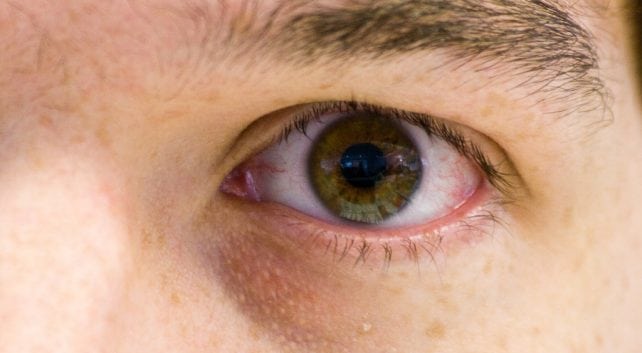- leadership
- Blog post
Spot unconscious bias with the Self-Check Technique
What percentage of lawsuits do you think are provoked by managers and supervisors who practice “premeditated discrimination” -that is, who know they’re treating someone unfairly and just don’t care?
I can’t prove it, but I know the percentage is very, very small. Most bias is unconscious. Is that good news for your company? Not really, because unconscious bias is EXTREMELY difficult to spot and prevent. Here’s an example:
A group of employees, mostly male, were asked if they’d like to go to a conference in Washington. A supervisor decided that everybody had to double up on rooms to save money. So he sent out a memo saying that “no lone female” could attend.
Turns out that only one woman expressed interest, so the boss said no, you can’t go. The woman, who felt the conference was important to her development, sued for sexual discrimination. But in court it sure looked like the manager had motivations – probably unconscious – that had nothing to do with controlling travel expenses. It didn’t help that the woman’s attorneys documented that some of the guys ended up staying in single rooms.
If this manager had taken a step back and been brutally honest with himself, he might have thought, “Wait a minute. This decision adversely affects a member of a protected class. Is it really about saving a few bucks on the hotel? Or does some part of me want to exclude women from this trip?”
What is the Four-Step Model?
What is the Self-Check Technique? It’s a way to (1) help you revisit conscious biases to make sure they’re not influencing your behavior, and (2) uncover unconscious biases.
Let’s lay out a road map for how it works.
Before you make a decision that concerns an employee, you need to ask four questions:
- “Could this decision adversely affect the employee?” If yes, ask the next question.
- “Is the employee in a protected class?” If yes, ask the next question.
- “What potential biases, conscious or unconscious, could affect my judgment?”(e.g., gender, disability, race, age, national origin, religion, sexual orientation, maybe something else)
- “Am I doing this for the right reasons, or is one of my biases influencing this decision?”
Cite:Lewis v. City of Chicago
photo credit: Matt Biddulph

Get a demo of all our training features
Connect with an expert for a one-on-one demonstration of how BTS Total Access can help develop your team.




4 Comments
I didn’t find this tremendously helpful. For example, “is the employee in a protected class” would miss the discrimination based upon sex where MEN are asked to do the heavy lifting, MEN are asked to work late (because it isn’t safe for women), single people are asked to work holidays, etc. These job actions are discriminatory, and in some states, are actionable.
I didn’t find this tremendously helpful. For example, “is the employee in a protected class” would miss the discrimination based upon sex where MEN are asked to do the heavy lifting, MEN are asked to work late (because it isn’t safe for women), single people are asked to work holidays, etc. These job actions are discriminatory, and in some states, are actionable.